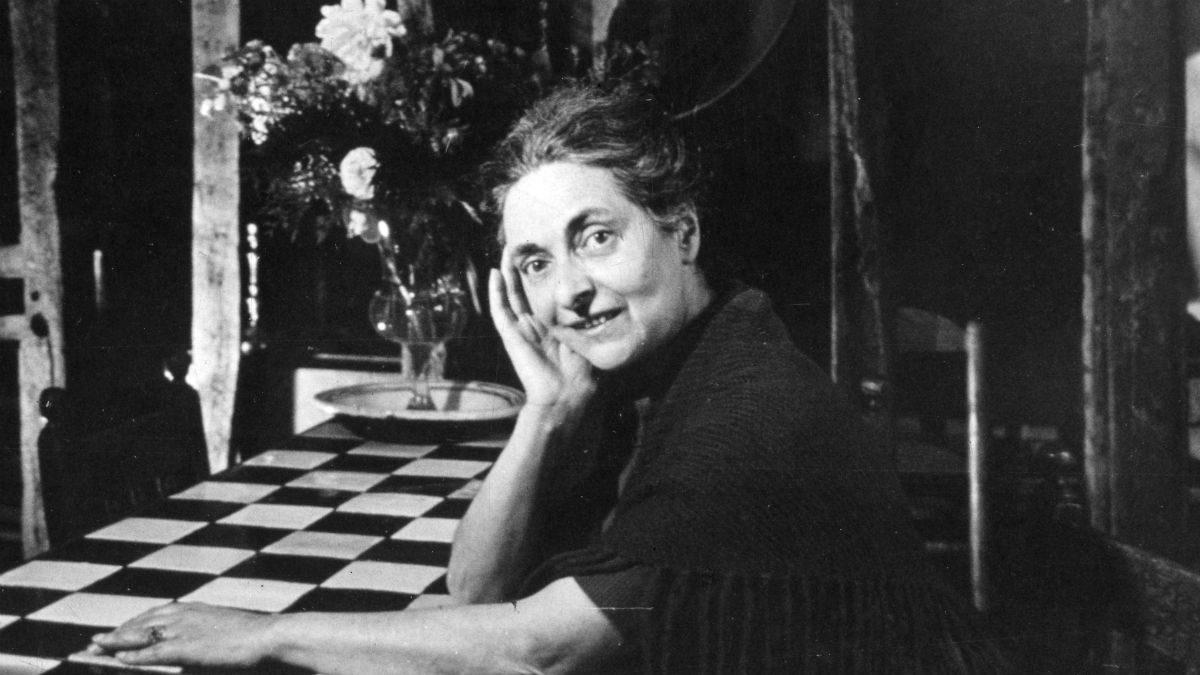
Maria Helena Vieira da Silva
Through his works ranging from the figurative to the abstract, Maria Helena Vieira da Silva marked the history of Portuguese and international art. His career, which started in Paris, was associated with his versatility, with a set of works ranging from painting, sculpture, tapestry, to illustration and scenography. With a great respect for the purity of selected means of expression and through her original geometric compositions, she became one of the most celebrated abstract artists in post-war Europe. His works are exhibited all over the world, being shown in repeated retrospectives. This week, P55 presents the fascinating world ofMaria Helena Vieira da Silva by revealing five facts about his life.
1. Studied Anatomy at the Faculty of Medicine of the University of Lisbon
Maria Helena Vieira da Silva was born on June 13, 1908, in Lisbon, into an upper-class family linked to culture, having from an early age shown an interest in reading, painting and music. He studied Drawing and Painting at the Academy of Fine Arts in Lisbon, and also Anatomy at the Faculty of Medicine of the University of Lisbon. Due to his interest in sculpture, he decided to attend an anatomy course to deepen his knowledge of the different angles of the human body.
2. The First Exhibition in Portugal was in 1935
In 1933, he exhibited his works in an exhibition at the Salon de Paris, the most prestigious room in Paris at the time. In Portugal, he exhibited for the first time two years later, in 1935, at the UP Gallery. In 1936,scallop silva again exhibited her work in Lisbon, but this time with her husband Arpad Szenes.

Elégie pour Georges Pompidou in Vieira da Silva, 1978
3. Maria Helena Vieira da Silva was a woman of causes
With the development of the extreme right in Europe in 1935,Maria Helena Vieira da Silva it's your husband,Arpad Szenes, of Jewish origin, joined the Amis du Monde group, an association created by artists who intended to resist fascist movements. Due to the growth of anti-Semitic attacks, they decided to temporarily live in Portugal. They returned to Paris to exhibit, but with the outbreak of the Second World War, the couple returned to Portugal seeking to obtain Portuguese nationality, however this was not conceived by the Estado Novo. Thus, being both stateless, the couple left for Brazil, where they lived with important local artists and exerted a great influence on the movement of Brazilian modernists. After the end of World War II they ended up returning to France.
Moved by the Carnation Revolution, at the invitation of Sophia de Mello Breyner, she executed two memorable posters with historical references and symbols of the revolution, thus revealing her connection to freedom and democracy: A Poesia está na Rua and another one, 25 de Abril de 1974 and Poetry is on the Street. In 1979, he accepted to be a member of the Committee of Honor of the Movement against Racism and for Friendship among Peoples, at the invitation of Pierre Paraf, President of the Movement. Throughout your life,Maria Helena Vieira da Silva defended women's rights and democracy, in addition to having fought against racism and war.
 Vieira da Silva, 1962
Vieira da Silva, 1962
4. Artistic recognition in Portugal emerged after the Carnation Revolution
The artist has a vast body of work ranging from tapestries, stained glass, engravings, illustrations for children's books and theater sets, however these were little recognized during the Estado Novo regime. The recognition and dissemination of his work was conceived after the implementation of democracy in Portugal, in 1974. The Portuguese Government awarded him, in 1977, the highest non-military decoration, the Grand Cross of the Order of Sant'Iago da Espada .
5. Maria Helena Vieira da Silva created the Arpad Szenes-Vieira da Silva
In 1990, the Arpad Szenes-Vieira da Silva, (FASVS) in Jardim das Amoreiras, Lisbon. After the death of her husband,Maria Helena Vieira da Silva decided to create a study center dedicated to the work of both, in their house in Lisbon. The museum opened in November 1994, just four years later, but too late, asMaria Helena Vieira da Silva he ended up dying in March 1992. This museum houses a large part of the works of both artists, thus prolonging this eternal love, intertwining in their pictorial and plastic experiences that overflow with feelings, from lines, colors and lights.
